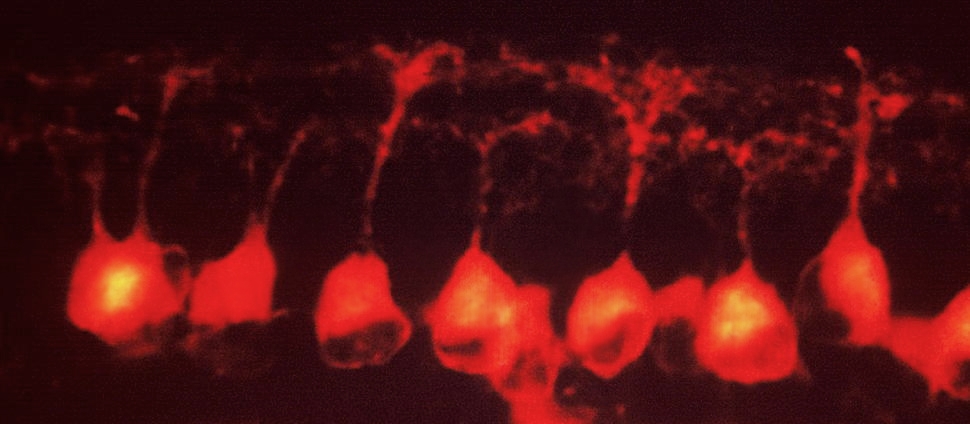Document Type
Article
Publication Date
4-1-2018
Publication Title
Journal of Pineal Research
Abstract
Recent genetic studies have highlighted the potential involvement of melatonin receptor 1 (MT1) and melatonin receptor 2 (MT2) in the pathogenesis of type 2 diabetes. Here, we report that mice lacking MT1 (MT1 KO) tend to accumulate more fat mass than WT mice and exhibit marked systemic insulin resistance. Additional experiments revealed that the main insulin signaling pathway affected by the loss of MT1 was the activation of phosphatidylinositol-3-kinase (PI3K). Transcripts of both catalytic and regulatory subunits of PI3K were strongly downregulated within MT1 KO mice. Moreover, the suppression of nocturnal melatonin levels within WT mice, by exposing mice to constant light, resulted in impaired PI3K activity and insulin resistance during the day, similar to what was observed in MT1 KO mice. Inversely, administration of melatonin to WT mice exposed to constant light was sufficient and necessary to restore insulin-mediated PI3K activity and insulin sensitivity. Hence, our data demonstrate that the activation of MT1 signaling at night modulates insulin sensitivity during the day via the regulation of the PI3K transcription and activity. Lastly, we provide evidence that decreased expression of MTNR1A (MT1) in the liver of diabetic individuals is associated with poorly controlled diabetes.
Keywords
Circadian, insulin sensitivity, liver, melatonin receptor 1, metabolism, PI3K
Volume
64
Issue
3
DOI
10.1111/jpi.12462
ISSN
07423098
Version
Author's Accepted Manuscript
Recommended Citation
Owino, Sharon; Sánchez-Bretaño, Aida; Tchio, Cynthia; Cecon, Erika; Karamitri, Angeliki; Dam, Julie; Jockers, Ralf; Piccione, Giuseppe; Noh, Hye Lim; Kim, Taekyoon; Kim, Jason K.; Baba, Kenkichi; and Tosini, Gianluca, "Nocturnal Activation of Melatonin Receptor Type 1 Signaling Modulates Diurnal Insulin Sensitivity via Regulation of Pi3k Activity" (2018). Neuroscience: Faculty Publications, Smith College, Northampton, MA.
https://scholarworks.smith.edu/nsc_facpubs/57



Comments
Peer reviewed accepted manuscript.